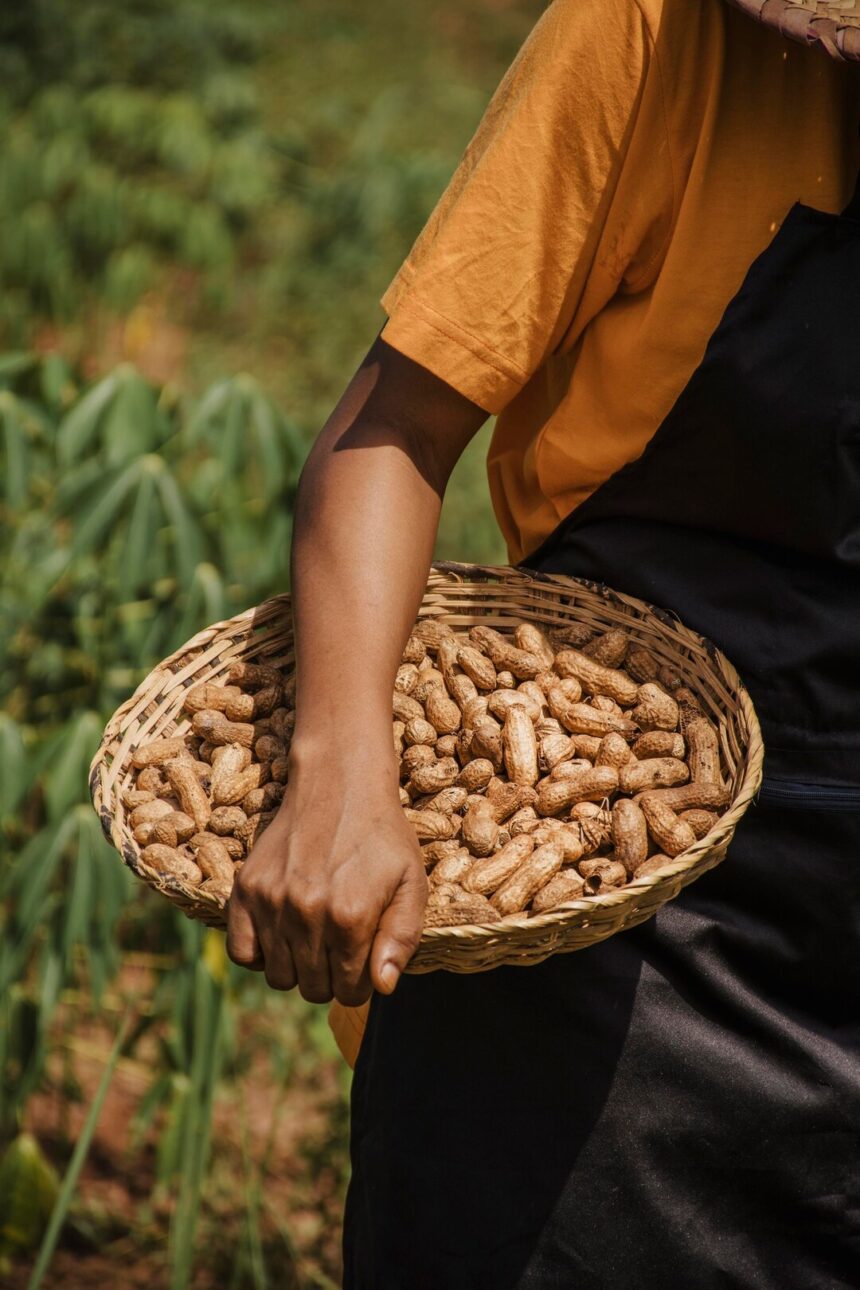Peanuts, also known as groundnuts, are an essential crop in South Africa, contributing significantly to both food security and economic growth. To maximize productivity and profitability, peanut farmers must employ effective techniques for enhancing quality and yield. From soil management to pest control, here are some strategies to consider for improving peanut cultivation in South Africa:
Selecting Quality Seeds:
- Start with high-quality seeds from reputable suppliers to ensure robust plant growth and disease resistance.
- Choose peanut varieties that are well-suited to the local climate and soil conditions, such as Valencia, Chico, or Spanish types.
Optimizing Soil Conditions:
- Conduct soil tests to assess nutrient levels and pH balance, and amend the soil as needed with organic matter and fertilizers.
- Ensure proper drainage to prevent waterlogging, which can lead to root rot and reduced yields.
Implementing Crop Rotation:
- Rotate peanut crops with other compatible crops, such as maize or legumes, to break pest and disease cycles and maintain soil fertility.
- Avoid planting peanuts in the same field consecutively to minimize the risk of soil-borne diseases.
Practicing Irrigation Management:
- Provide consistent and adequate moisture to peanut plants, especially during critical growth stages such as flowering and pod development.
- Utilize drip irrigation or furrow irrigation systems to deliver water directly to the roots while minimizing water wastage.
Monitoring and Controlling Pests and Diseases:
- Regularly scout fields for signs of pests such as aphids, thrips, and nematodes, and implement integrated pest management (IPM) strategies to minimize damage.
- Rotate insecticides and nematicides with different modes of action to prevent the development of resistance in pest populations.
Implementing Weed Control Measures:
- Control weeds through a combination of mechanical methods, such as cultivation and hand-weeding, and chemical herbicides.
- Apply pre-emergence herbicides before planting to suppress weed growth and post-emergence herbicides as needed to target specific weed species.
Managing Nutrient Requirements:
- Monitor nutrient levels throughout the growing season and apply fertilizers containing nitrogen, phosphorus, and potassium as necessary to promote healthy plant growth and high yields.
- Consider using foliar fertilizers to provide micronutrients directly to the leaves for rapid uptake.
Optimizing Plant Spacing and Population:
- Plant peanuts at the appropriate spacing to maximize sunlight penetration and airflow, which can reduce the risk of disease and improve pod development.
- Adjust planting density based on variety, soil type, and prevailing environmental conditions to optimize yield potential.
Implementing Timely Harvesting Practices:
- Harvest peanuts at the optimal maturity stage when the pods have reached full size and have a mature kernel inside.
- Use mechanical harvesters equipped with adjustable digging blades to minimize pod damage and loss during harvesting.
Post-Harvest Handling and Storage:
- Dry harvested peanuts immediately to reduce moisture content and prevent mold growth.
- Store peanuts in clean, dry conditions with adequate ventilation to maintain quality and prevent spoilage.
By implementing these techniques for enhancing quality and yield in peanut farming, growers in South Africa can achieve higher productivity, profitability, and sustainability in their operations. Continued research and innovation in agronomy, genetics, and technology will further contribute to the advancement of peanut cultivation in the region.
Join 'Farmers Mag' WhatsApp Channel
Get the latest Farming news and tips delivered straight to your WhatsApp
CLICK HERE TO JOIN






